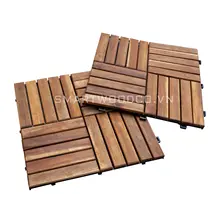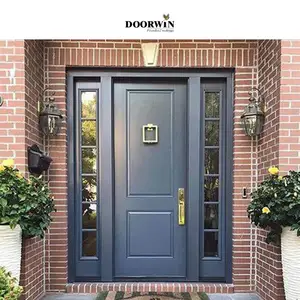Exploring the Versatility of Automatic Doors
Automatic doors have become a staple in modern architecture, offering a blend of convenience, accessibility, and energy efficiency. As a pivotal category in building design, these doors cater to a myriad of applications, from commercial entrances to residential convenience. This introduction delves into the various types of automatic doors, their applications, features, materials, and the advantages they bring to different settings.
Types and Applications of Automatic Doors
The diversity of automatic doors is evident in their wide range of types, each serving distinct purposes. Sliding doors, for instance, are ideal for high-traffic commercial areas, providing ease of access without compromising space. Revolving doors, on the other hand, are not only efficient in managing foot traffic but also excel in retaining indoor climate control. For residential spaces, sensor-based automatic doors offer a touch of luxury and convenience, enhancing the living experience. Each type is designed to meet specific operational needs, whether it's for a bustling shopping center, a serene office, or a private home.
Features and Materials
The construction of automatic doors involves a range of materials, each selected for its durability and aesthetic appeal. Tempered glass doors are a popular choice for businesses seeking a modern look combined with safety. Metal doors, including those made from stainless steel, offer heightened security for more sensitive environments. The integration of advanced features such as motion sensors, energy-saving mechanisms, and customizable access controls further enhance the functionality of these doors.
Advantages of Automatic Doors
Opting for automatic doors brings several advantages to a property. Their automated nature ensures efficient traffic flow and accessibility, making them compliant with various accessibility standards. Energy conservation is another significant benefit, as these doors minimize unnecessary air exchange. Moreover, the safety features inherent in automatic door systems provide peace of mind, knowing that entry points are secure yet easily navigable for those authorized to pass through.
Choosing the Right Automatic Door
Selecting the appropriate automatic door for a property involves considering the door's intended use, the typical traffic volume, and the specific security requirements. It is essential to evaluate the space where the door will be installed to ensure optimal functionality and integration with the building's design. With a multitude of options available, finding the right door to complement and enhance a property's features is a streamlined process.
Conclusion
In conclusion, automatic doors represent a fusion of technology and design that can significantly contribute to the functionality and aesthetics of any property. Their adaptability across different types of properties underscores their importance in modern construction and design. By understanding the various types, features, and benefits of automatic doors, one can make an informed decision that aligns with their specific needs and preferences.











































 浙公网安备 33010002000092号
浙公网安备 33010002000092号 浙B2-20120091-4
浙B2-20120091-4